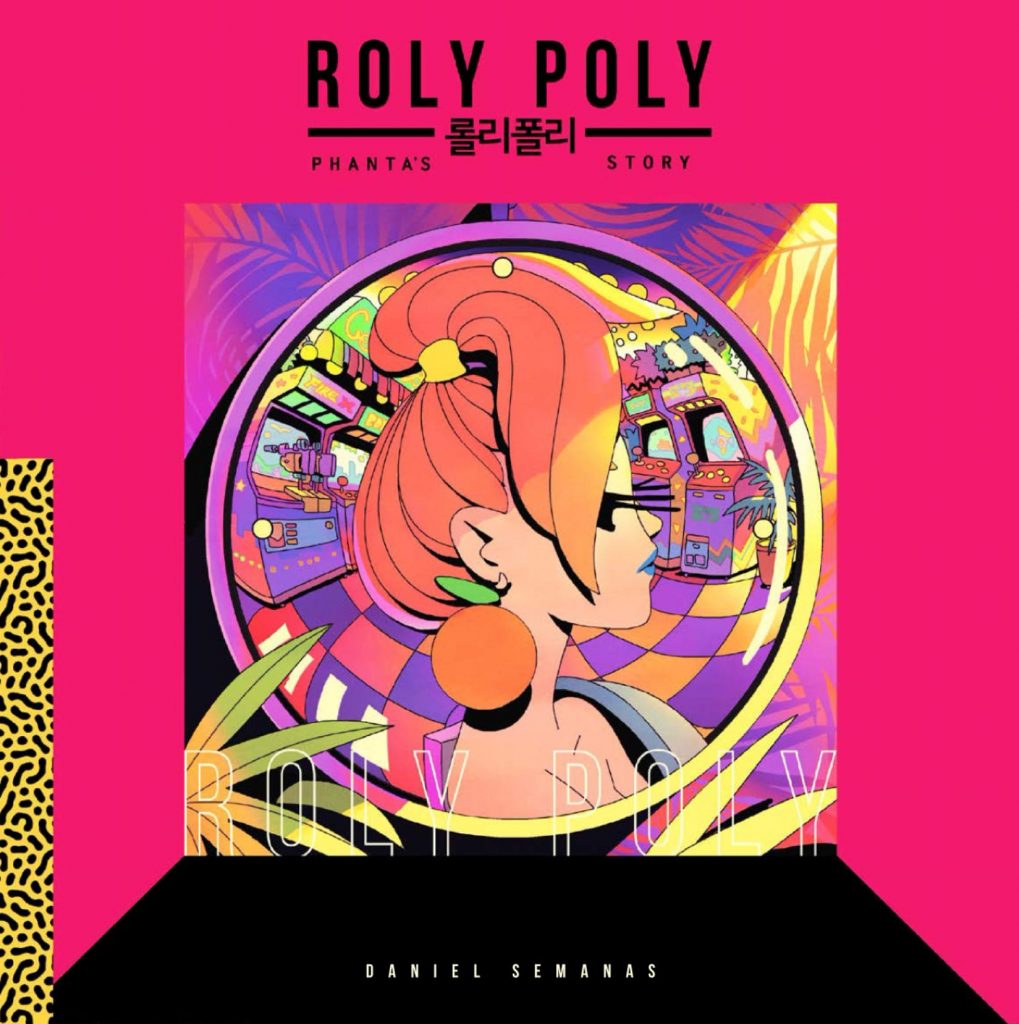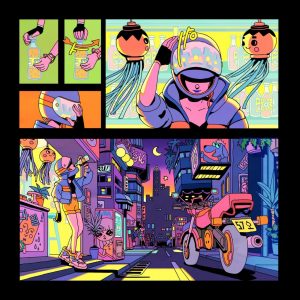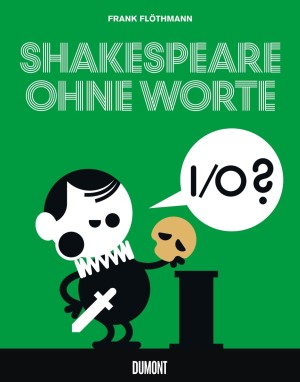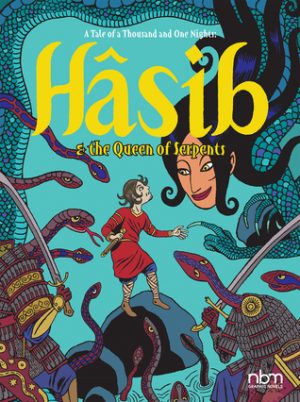Review by Ian Keogh
In Roly Poly Daniel Semanas pulls in multiple influences to present a phantasmagoria, a visual symphony in neon, as the mysterious Phanta makes her way across an ultra-modern city. It’s a story that will date rapidly, but for now Semanas captures the cultural zeitgeist of a near future when social media has a greater connectivity than now. He incorporates what Phanta’s scrolling through on her phone as she crosses the city, rankings of her destinations, selfies of her friends as they travel, simple game aps, as all the while Phanta rides her motorcycle across a vividly coloured city centre backdrop. The influence of manga is clear in the decompressed storytelling and attention to detail, but the artifice is also highlighted, Samanas deliberately accentuating the hollow nature of Phanta’s world via a pages long parade through a game arcade and obvious pronouncements given inordinate weight. In this Roly Poly resembles a Hong Kong action movie and what follows pays homage to that as Phanta has to escape an army with the wishing stars she’s stolen.
Narratively there’s the feel of a video game throughout. Are we just playing the role of a digital Phanta as she completes her mission? It’s a thought reinforced as she wanders through the enormous arcade over several storeys, gathering the artefacts she’ll later need. Here words are minimal and pointed.
Ultimately you have to make of Roly Poly what you will, be it hollow nonsense or being thrown in at the deep end of a fully realised world and having to scrabble for meaning. What rises above all that is the deep visual impression, stained glass window effects where art deco designs clash with pop art compositions, and almost every page presents something memorable. Fantagraphics have completely bought into Semanas’ vision by presenting his work in vivid gloss on heavy stock where black bordered pages accentuate the colour, creating a desirable talking piece showcasing Semanas at his remarkable best.





